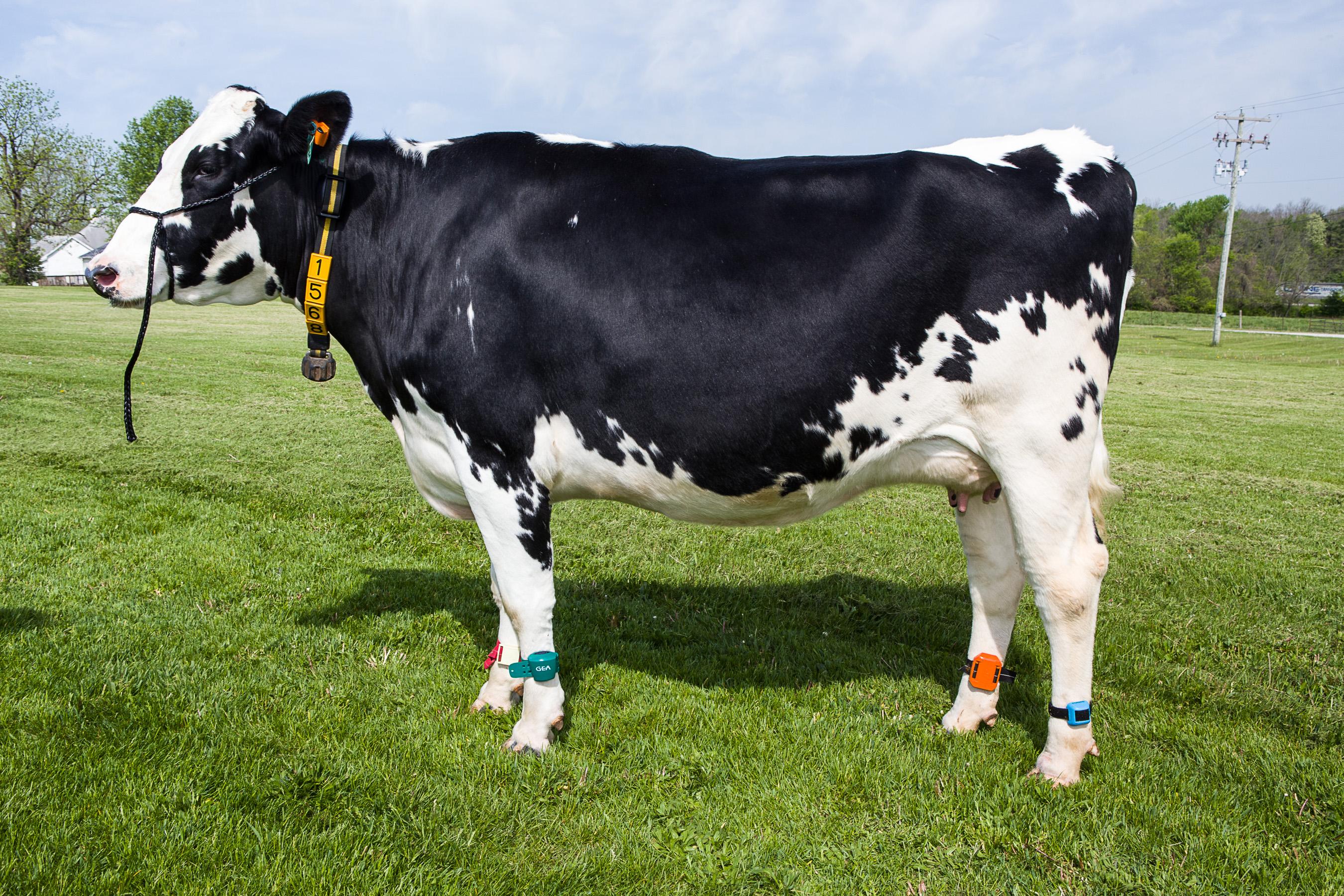Dairy Extension Resources

Dairy Tip: First-Calf Heifers Behave Differently than Mature Cows
First-calf heifers should be housed separately from the mature cows, if at all possible. Heifers take smaller bites of feed and spend more time eating than mature cows. Studies have shown feeding times increased by 11% and milk production increased by 9% when heifers are housed separately from mature cows.
Separation of first-calf heifers from mature cows is even more critical when freestalls are overcrowded and/or feedbunk space is limited, i.e. with 6-row barns. Heifers are more submissive than mature cows and do not compete as well for stall and bunk space when challenged . Resting time, a critical need for cows, is reduced more for heifers than cows when overcrowded. Cows prioritize resting time over feeding times.
KY Dairy Notes
Dairy Extension Resources
- 4-H Youth Dairy
- UK Dairy Publications
- UK Grazing Resources
- NAILE 4-H Dairy Quiz Bowl
- NAILE Dairy Judging
